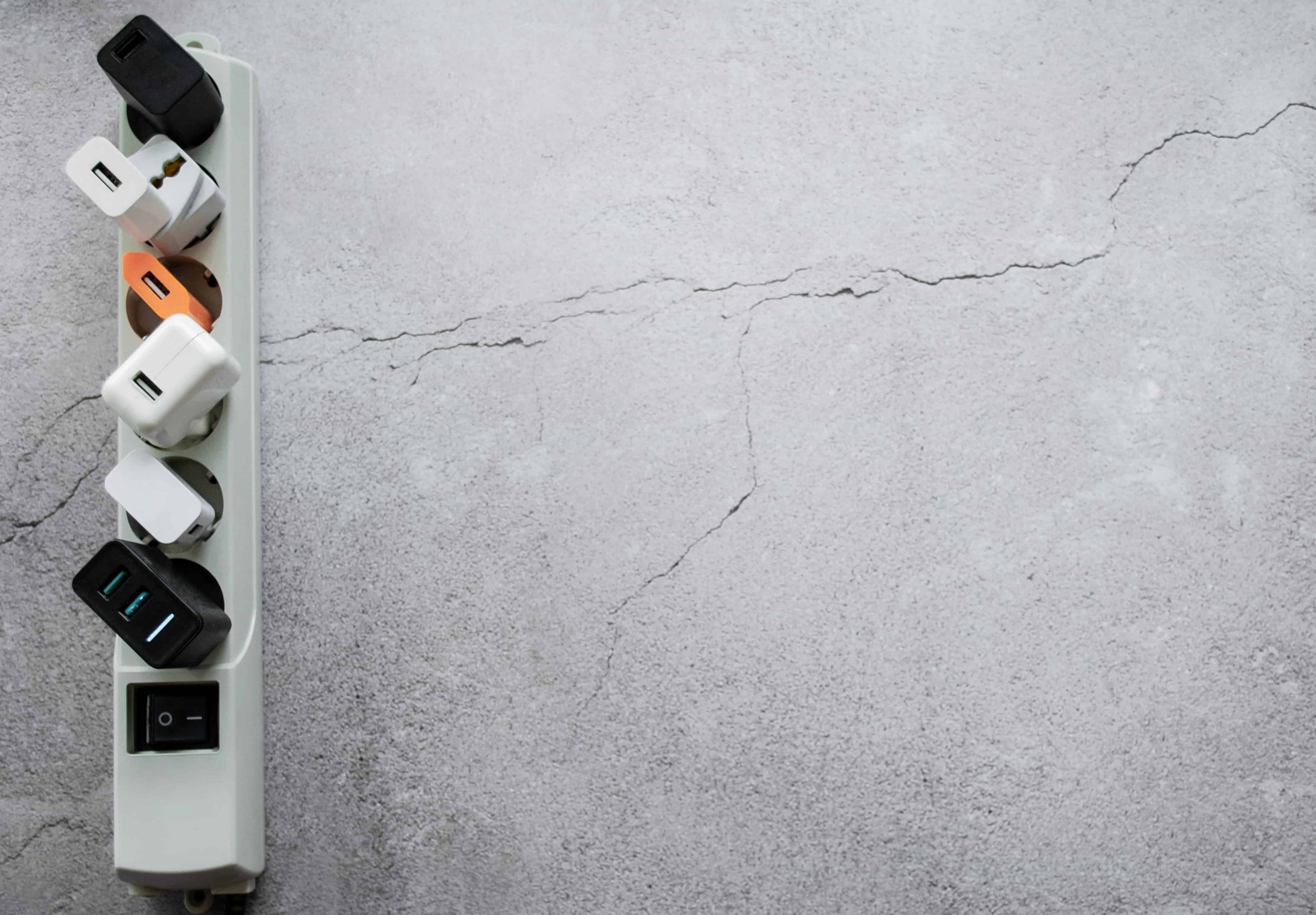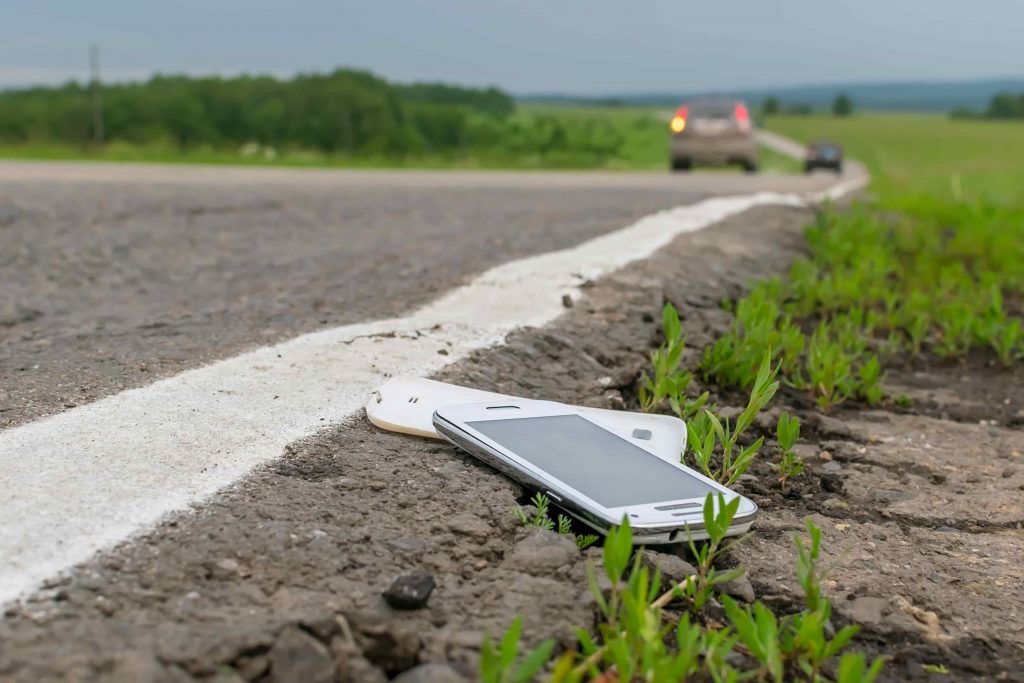Waste & material traceability solution for sustainable facilities

While e-waste management may seem harmless at the surface level, it can be quite the opposite. Not only does some e-waste contain hazardous chemicals, but the amount of e-waste worldwide is increasing exponentially yearly. Both problems can have detrimental effects on human health and the environment. Read on to discover the consequences of improper e-waste disposal, what can be done to prevent them, and how Evreka’s state-of-the-art waste management solutions can help with the process.
Electronic waste — or informally called “e-waste” — is the umbrella term for almost any type of discarded electronic device. Examples of e-waste include:
You can check out our eBook, Fundamentals of E-Waste Management & Recycling, to find out more about types of e-waste and regulations.
As stated before, improper e-waste disposal can lead to serious health and ecological problems. The ones we will be focusing on are environmental risks caused by hazardous chemicals and overconsumption.
Some e-waste contains harmful chemicals such as:
If these chemicals get mixed with other wastes in a garbage truck or landfill, they may contaminate them and the soil, and thus pollute the environment. This in itself is awful, but what is worse is that when other, recyclable wastes get contaminated, they can no longer be recycled. Think about advanced landfill technology to eliminate all kinds of risks.
The basic question is this, how much e waste is produced each year? Globally, we produce, on average, 50 million tonnes of e-waste annually. This number is expected to rise to 74.7 million tonnes by 2030 with an expectation of 9a kg of e-waste per person. What a horrific calculation!
What’s more, Aaron Blum, the co-founder and chief operating officer of the recycling giant ERI, said that the popularization of 5G “will result in a dramatic increase in e-waste, as millions of smartphones, modems, and other gadgets incompatible with 5G networks are made obsolete.” This only means there will be more e-wastes dumped in landfills in the future.

For the general population, in addition to separating e-wastes from regular wastes, electronic waste disposal lies in the 3R method:
As for waste management or recycling companies, the most important aspect of e-waste collection or e-waste recycling is to again make sure to keep e-wastes separated from other wastes. At this point, Evreka comes to the rescue with hi-tech and straightforward solutions!
While e-waste management is a difficult process, with Evreka’s revolutionary waste management solutions, it has never been easier! Our solutions can help you to secure e-waste disposal by:
Contact us today, or check out our cutting-edge solutions to get started on smart e-waste management, and boost your profits in no time!